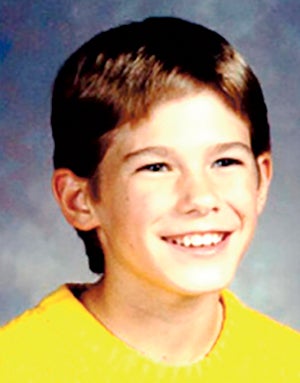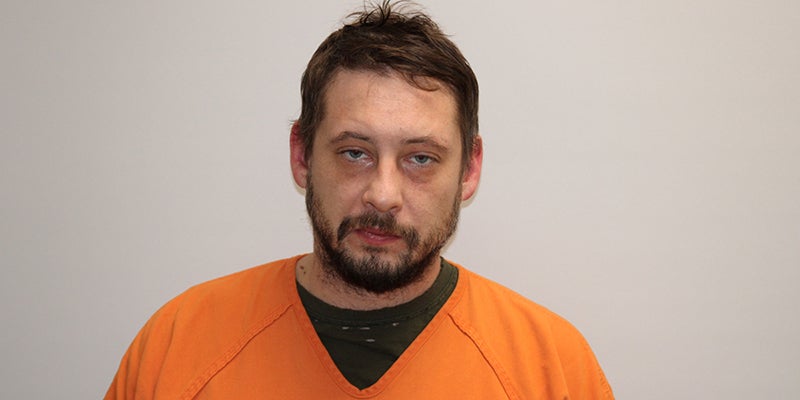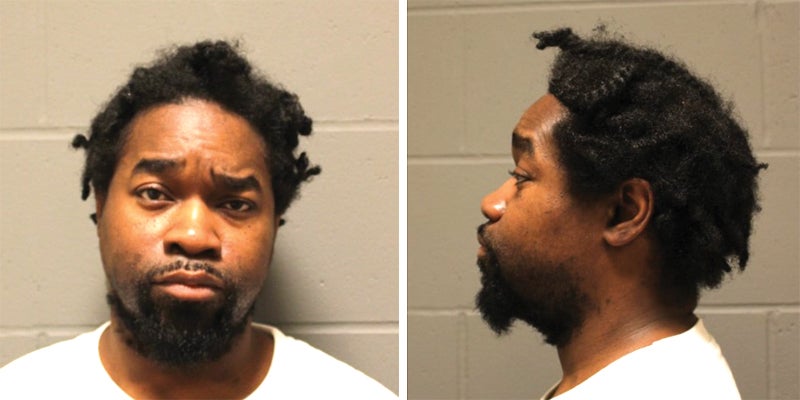The final push to finding Wetterling
Published 10:56 am Monday, September 12, 2016
By Jenna Ross
Star Tribune (Minneapolis)
The investigators sifted through the black soil handful by handful, searching for small clues of the boy who had been missing for 27 years.
Agents from the FBI, state and county had already worked the pasture dirt for eight hours that Friday, finding bones and teeth from the scoops of earth spread on a tarp with a backhoe. Days earlier, they had found pieces of a red hockey jacket, but the name had worn off. They wanted more. They needed more.
Then, in the early evening, one of the searchers found a piece of fabric — a T-shirt?
An investigator, wearing gloves, gently worked it out of the soil, laid it flat and cleaned it up. Everyone watched in silence as the light letters on the back of the shirt finally appeared: Wetterling.
“Everybody basically put their hands on that shirt with his name on it and was very quiet for a moment,” said Stearns County Chief Deputy Bruce Bechtold. “That made it real.”
After nearly three decades of false starts, missed opportunities, bad tips and dead ends, investigators had finally solved the haunting mystery of what became of Jacob Wetterling, an 11-year-old boy from St. Joseph, Minn., who was taken by a masked man on an October night in 1989 and never seen again.
The breakthrough, in a grove of trees abutting a farm field just outside Paynesville, Minn., nearly 30 miles from where the boy was kidnapped, stemmed largely from an intense and organized effort over the past two years — one that involved doubling back on a suspect within their grasp decades ago who, after denying the crime for years, finally confessed.
Danny Heinrich had been questioned, surveilled and his home searched in the months after Jacob’s disappearance, but authorities never had enough to pin him with the crime.
That changed in recent years, as a determined blogger teamed with a man who had been kidnapped at age 12 from a dark road just months before Jacob — adding public pressure to a quiet effort by federal and state investigators to take another run at solving the case. DNA from that 12-year-old’s sweatshirt brought investigators to Heinrich, who eventually led them to where Jacob had been hidden for decades.
“This was not the ending that any of us wanted,” said Stearns County Sheriff John Sanner, “but Jacob’s finally home.”
Summer of 2014
It was summer 2014, and key players from the FBI, the state Bureau of Criminal Apprehension and the Stearns County Sheriff’s Office gathered in St. Cloud. Some, like Sanner, had worked Jacob’s case for years. Others were new to the case and knew less about its chilling details.
Their plan: to review anew the state’s most prominent cold case as the 25th anniversary of that warm October night was approaching. As part of their work, they’d re-examine the bike ride home from the Tom Thumb store just after 9 p.m., the description of the masked man with a gun and a raspy voice, the boys with Jacob — his brother Trevor, 10, and best friend, Aaron Larson, 11 — being ordered to run into the woods and not look back.
At that point, the investigation was already heating up. Joy Baker, a blogger from New London, Minn., had been digging into Jacob’s disappearance, driven by her visit to the dead-end road where he was abducted and her “urge to understand exactly what happened there.” In 2013, she told the story on her blog of Jared Scheierl, who was 12 years old when he was snatched from a dark road in nearby Cold Spring, Minn., and sexually assaulted.
Baker had called Scheierl during a difficult time in his life, he recalled last week. His father had died, he was dealing with a divorce and his dog had just been hit by a car. It had been years since he had spoken publicly about his sexual assault, and then using only his first name.
But for some reason, Scheierl talked with Baker, sharing details about the stocky man with a raspy voice, whom he had described to investigators in a series of interviews before and after Jacob’s abduction.
“It was my sketch that everyone was looking for,” Scheierl, now 40, said last week.
After Baker came across a 1987 article in the Paynesville Press about a series of attacks on boys there, Scheierl reached out to victims in that small central Minnesota city where he now lives.
“The more we learned,” Baker said last week, “the bigger it felt.”
In 2014, the pair talked to the nationally televised CNN show “The Hunt,” starring John Walsh. The FBI figured that the show, which aired in August, would bring in “a large number” of tips, Kyle Loven, chief counsel for the Minneapolis FBI office, said last year. So the meeting in St. Cloud was a chance to discuss “how we were going to address” those.
It’s unclear when Heinrich again came to investigators’ attention, or if he was always on a shortlist of suspects. But in a case with more than 50,000 leads, he was no stranger to authorities.
Investigators had long thought it probable the same man had abducted both Jacob and Jared — and that the man could be Heinrich, said Allen Garber, the FBI investigator who supervised the Wetterling case. In February 1990, off circumstantial evidence, investigators arrested Heinrich, who had led a troubled early life of burglary, drinking and financial difficulties, in the kidnapping and assault of Scheierl.
“He denied, denied, denied,” Garber said in an interview last week, recalling Heinrich’s response to investigators’ questions. “The more the interview was conducted, the angrier he got.”
Looking back, Garber said last week, “I think he realized we didn’t have any real evidence against him.”
Heinrich asked for a lawyer, Garber recalled, bringing the interview to an end.






